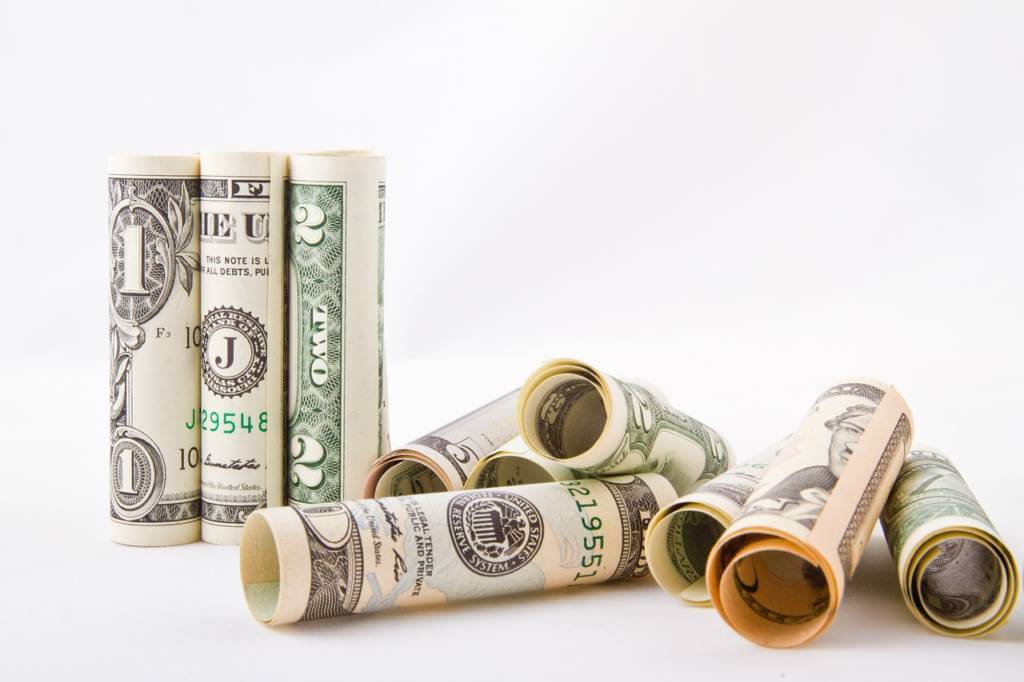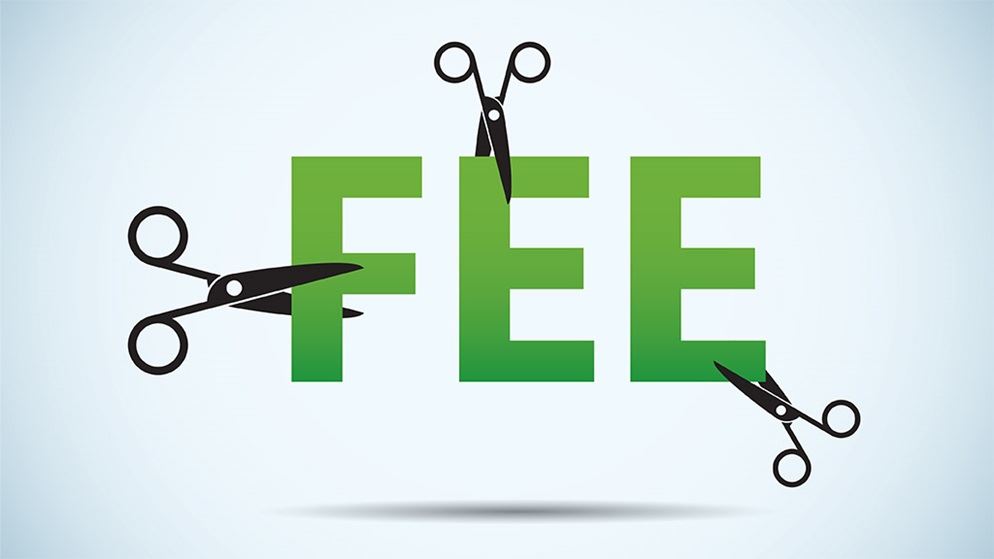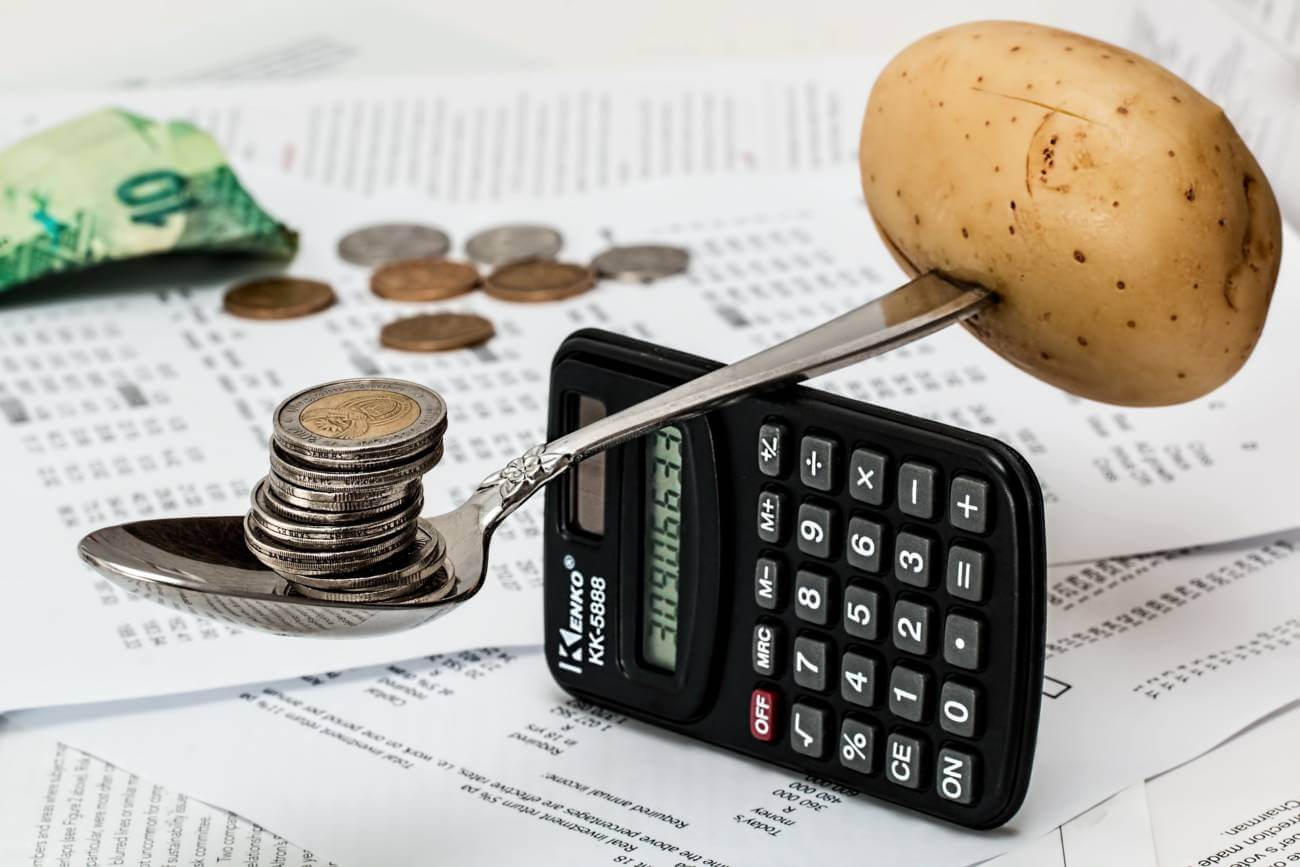Cash is king, particularly for small businesses. However, maintaining a healthy cashflow is often tricky, and complications around late payments, irregular orders and unplanned costs to the businesses can often lead to working capital going awry.
Credit lines, or, lines of credit can often be used as a stop-gap solution to help ease out gaps in payments, as well as peace of mind so that paying your suppliers and employees, or seizing unplanned business growth opportunities needn’t be a burden for your business.
So, what is a credit line, how does it differ from trade, invoice and asset finance, and how can businesses use (and access them) in certain scenarios? Trade Finance Global put together the 2020 Ultimate SME Guide to Credit Lines.

A credit line is a little like an overdraft, it’s a set amount of money that can be borrowed from a funder, bank or even non-bank when needed, but if it’s not used, it’s repaid back. The money isn’t set to be used for a particular purpose (for example financing stock or unpaid invoices), so business owners have the flexibility of deploying a line of credit where they see fit. Credit lines can be used for many ways, for example:
- Purchasing inventory or equipment, which is often time consuming to purchase under asset finance (e.g. Hire Purchase Agreements)
- Maintaining Payroll, in particular, during quieter months for seasonal businesses, a credit line can offer peace of mind in case of slow payments
- Marketing – to pay the upfront costs of any offline or online ad campaigns, which will eventually help grow and acquire customers, a credit line can help fund this
- Staff and employees, such as mentorship or training schemes, paying for bonuses, or upskilling staff through various programmes
- Hiring, which can often be expensive, particularly when paying for head-hunter or recruitment fees, as well as upfront induction costs
Credit lines versus bank loans – what’s the difference?
A line of credit is often seen as a drawdown facility, in other words, you can use a credit line when you need to, as a fallback in case of working capital constraints or difficult months.
A business loan on the other hand is often used or applied for to fulfil a specific funding requirement, perhaps for a commercial mortgage, purchasing or fulfilling a large order or contract, or acquisition of a company. Credit lines can be used to pay for the day-to-day running of the business, be that to replace a piece of equipment, pay some bills, or invest in staff on one off programmes.
| Line of Credit | Business Loans | |
| Duration / tenor | Shorter term usage | Medium to longer term usage |
| Application duration | Often an instant application | Often takes several months to apply for from a bank |
| Security | Often unsecured | Can often require security or some form of guarantee (e.g., personal guarantee) |
| Cost | Generally, a high interest rate (high cost of capital) | Lower interest rate |

How much is a line of credit?
Credit lines often come with fees, and they’re not the cheapest form of debt finance given their flexibility, availability and convenience for business owners. There are a number of fees for a line of credit, including:
- Origination fees – to enter into a credit line agreement
- Maintenance fees – to set up, manage and maintain the credit line facility
- Due diligence fees – in order to conduct credit checks or due diligence on the business prior to entering an agreement
- Draw down fees – often a fixed fee for usage
- Base rate – bank lending rate (often LIBOR)
- Non-usage fees
What credit checks happen
Most financial institutions will need to do some due diligence or know your customer (KYC) checks on the applicant and the business before a credit line is issued. Often a personal guarantee or personal credit check is required, but this will vary depending on the jurisdiction of the business and the amount of finance required. Some lenders, particularly banks who are often governed under regulations such as Basel iii, will have strict lending requirements, and often need to see very high creditworthiness of applicants before lending. Often, they’ll also have a minimum order threshold (so businesses can only apply for larger lines of credit).
That’s why at Trade Finance Global, we have a team of expert finance experts who do this work for businesses around the clock. With over 300 banks, funders, alternative lenders and non-bank financiers on our book, we compare your business requirements to hundreds of different finance products and will provide you with impartial advice on where you could get the most suitable deal for to help your trading company grow.
How to apply for a line of credit
The process for applying for a line of credit is fairly straightforward, although varies considerably among different financiers. Most look at the businesses’ propensity to repay, that means, gross and net profit per month, key business costs, and cash flow.
It’s also a good idea to keep a record of your month by month P&L account, as well as a cash flow statement. Having a record of key invoices (paid and unpaid), lists of suppliers and confirmed orders, as well as bank accounts at hand will always be useful to your financier.





























